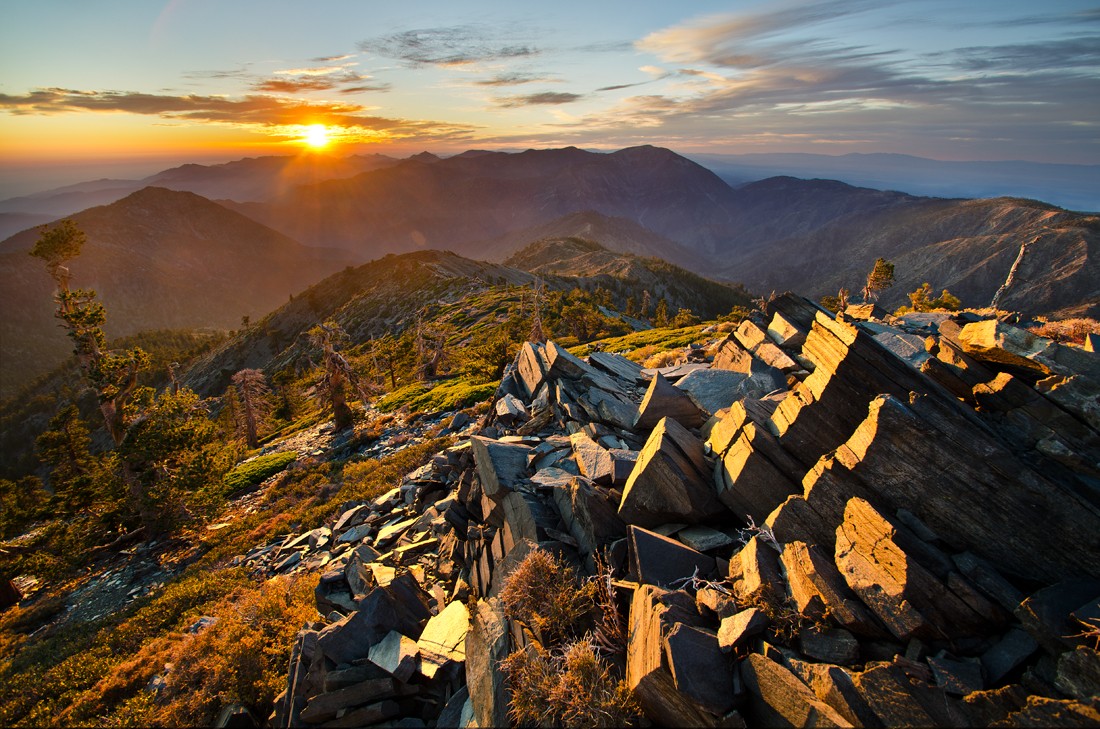sovietdoc
No longer a newbie, moving up!
- Joined
- Jun 12, 2010
- Messages
- 1,142
- Reaction score
- 75
- Location
- rest of the world
- Can others edit my Photos
- Photos OK to edit
I am trying to get into Sunset/Sunrise photgraphy and just wanted to know how to "do it right". I am sure everyone has seen those "dark orange/red" photos that are shot straight against the sun, and there are no flares and the picture looks silky smooth from sky to ground, with awesome yellow to black gradient.
So for starters, I can't get a shot like that with no flare. Do I need some sort of filter on my lens? ND?
Then, I am trying to use a tripod while camera is at 100 ISO and long exposure. Does that seem the right idea for the shot?
If I am on one side of a lake, trying to shoot a mountain with a lake underneath it, what's the best aperture to use? I've tried f11 but it's not turning out well. Where should I set my focus point to? I am trying to focus in the middle, about 1/3 of the shot on the part of the lake thats closest to me, so that small aperture takes care of DOF but it doesn't turn out well at all. The forest on the other side of the lake and mountain seem OOF.
Any tips are greatly appreciated.
So for starters, I can't get a shot like that with no flare. Do I need some sort of filter on my lens? ND?
Then, I am trying to use a tripod while camera is at 100 ISO and long exposure. Does that seem the right idea for the shot?
If I am on one side of a lake, trying to shoot a mountain with a lake underneath it, what's the best aperture to use? I've tried f11 but it's not turning out well. Where should I set my focus point to? I am trying to focus in the middle, about 1/3 of the shot on the part of the lake thats closest to me, so that small aperture takes care of DOF but it doesn't turn out well at all. The forest on the other side of the lake and mountain seem OOF.
Any tips are greatly appreciated.












![[No title]](/data/xfmg/thumbnail/42/42349-fa3065c4e047f0114ec8715d9168dff9.jpg?1734176875)

